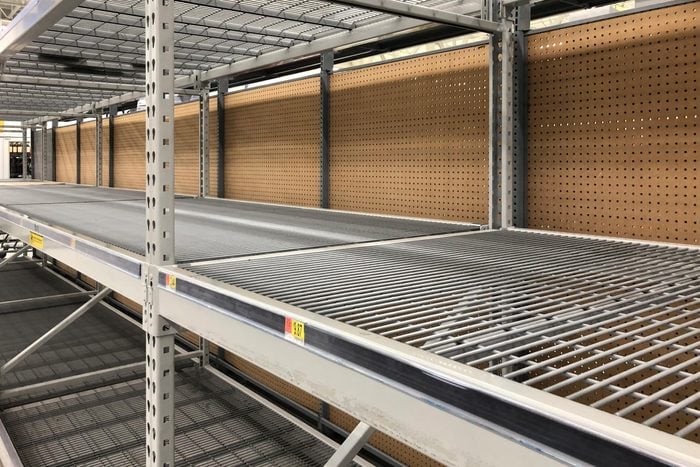Foam Insulation Alternatives to Consider
Updated: Mar. 31, 2023

Can't find foam spray insulation or rigid foam sheets for your DIY home improvement project? They're in short supply. Here's why, and what you can use instead.
Spray foam and foam board insulation are staples in the building trades for climate-proofing homes, so it’s ironic that a climate event caused a disruption in supplies. You may have noticed it’s hard to find foam insulation products these days. Given increasingly uncertainty in global trade, it’s probably wise to have alternatives in mind.
Spray foam can be used for lots of things besides insulation, and you might need alternatives for these as well.
On This Page
What Caused the Foam Shortage?
An uncharacteristically severe winter storm struck the Gulf States in February 2021. The resulting power outage shut down five major plants in Louisiana and Texas that produce propylene oxide, a key chemical in foam. The plants eventually came back online, but equipment damage and other issues reduced output by 20 percent.
The storm happened in the middle of the COVID-19 pandemic, when people quarantining undertook home improvement projects and ordered new furniture. Demand for foam mattresses, furniture products and insulation shot up. So even as chemical production gradually returned to pre-storm levels, foam manufacturers had a backlog to deal with.
Government trade policies limited the amount of imported foam, and supply chain issues haven’t helped. Many foam products shipped to the U.S. languished in ships because there weren’t enough dock workers to unload them, or trucks and drivers to transport them across the country.
A List of Foam Alternatives
The foam shortage may be resolved within a few months. If you don’t want to wait for supplies to return to pre-pandemic levels, you might be better off considering alternatives to keep your home improvement project on track. We’re here to help. Substitutes vary by task.
For foam insulation board
Because of its rigidity, you can install foam insulation board on unframed surfaces like basement walls, as well as in bays between framing members and flooring joists. Where framing is available, or if it’s possible to add it, you can always substitute non-rigid insulation materials like:
- Fiberglass batts;
- Rock wool batts;.
- Blown-in fiberglass or cellulose, manufactured from recycled paper and similar products.
- Recycled cotton (denim), normally used for soundproofing but also provides R-13 thermal insulation.
When you need a rigid material to insulate a subfloor or an unframed surface like a basement wall, your options are more limited. Greensulate, manufactured from seed hulls and fungal mycelia, and Gramitherm, made from grass, are creative eco-friendly possibilities. But like many eco-products, they aren’t widely available.
Another substitute for foam board is rigid, moisture-resistant rock wool board. Unfortunately, it’s also in short supply. If you can’t find it at your local building center, rock wool batts are semi-rigid and can be a suitable alternative, depending on the application.
For spray foam insulation
If you were planning to insulate your entire home with spray foam and can’t find it, you can always use insulation products that were common before foam came on the scene, like fiberglass batts, cellulose loose fill and rock wool. The only disadvantage is that they don’t provide the structural reinforcement of foam.
Those little cans of spray foam are a different matter. People use them not only for insulating, but for stabilizing pipes, filling gaps for rodent control, adhering rigid foam sheets to walls and subfloors and even packaging. Depending on the job, here are some alternatives to spray foam:
- Insulating by filling gaps around windows and doors: Stuff loose-fill fiberglass or strips of fiberglass batt insulation in those gaps. That’s how builders used to do it and often still do.
- Sealing gaps for rodent control: Use patching putty, patching compound or silicone caulk, depending on the width of the gap.
- Stabilizing knocking pipes: Spraying foam onto clanging pipes is a great way to stop the noise. When you can’t get foam, do it the old-fashioned way and use pipe clamps.
- Packaging: Packing peanuts are inexpensive and readily available. Use biodegradable ones to avoid adding to landfill waste.
- Building landscape features: Polyurethane foam holds rocks together when you’re building landscape features. When you can’t get it, landscape block and paver adhesive works just as well,
- Sealing rigid panels: Silicone or butyl caulk will hold rigid panels in place. Seal around the edges with fiberglass insulation.
